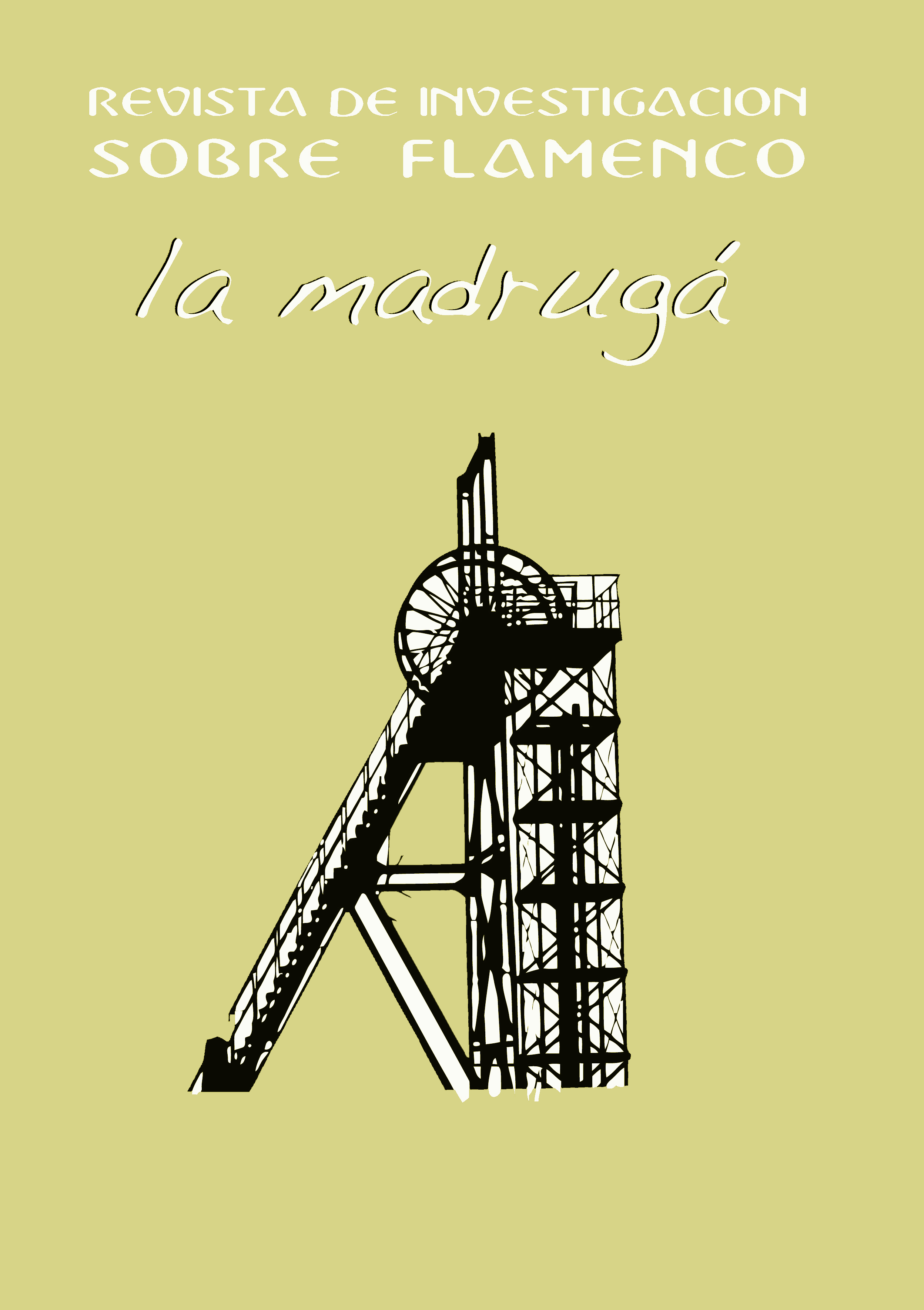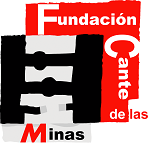Metaphors of Spanish Culture in Flamenco, Gender Roles and Gender Issues: Modern Metaphors to Understand Some Traditional Flamenco Movements and Steps
Abstract
The art of Flamenco dance teaches Spanish culture through the dance steps and the metaphors they communicate. Some metaphors from the past are hard to understand, especially when referring to women’s role and social status, as women of the 21st century in Spain have democratic rights women from past centuries did not have. Expressing some of those metaphors through the movements of flamenco is very hard, unless you understand the patriarchal society of then. I will analyze some metaphors flamenco teachers use to explain concepts and gender roles from the past that are hard to understand by younger generations who live in a democratic Spain. By studying the meaning of what flamencas perform on stage, and the role of musicians on stage, we find gender issues and tensions between the female and male artist. Writers like Pardo Bazán, Carmen de Burgos, or Lorca perceived flamenco differently in the past, and their views helped recognize flamenco as a refined art.
Downloads
-
Abstract1373
-
PDF756
References
Aldaraca, Bridget A. (1991). El ángel del hogar: Galdós and the Ideology of Domesticity in Spain. North Carolina: The University of North Carolina Press.
Binyon, Claude (Dir.) (1953). Here Come the Girls. Hope Productions Inc., Hollywood, CA: Paramount Pictures.
Cruzado, Ángeles (2020, December 18). II Aula de flamenco: “Bailaoras”. Diputación de Badajoz https://cutt.ly/SMSJ5I0.
English, Nicole (2015). Dance as Community of Practice: Exploring Dance Groups in the Kansas City Area Through the Lifespan (Doctoral Dissertation). University of Missouri: Kansas City.
Espino-Bravo, Chita (2017). Emilia Pardo Bazán y Carmen de Burgos: resistencia al matrimonio desde la novela de la Restauración. Zaragoza: Prensas de la Universidad de Zaragoza.
Federico García Lorca y La Argentinita: El Café de Chinitas (Letra) (2016, October 2). TamerlanMusic Traducciones II. https://cutt.ly/iMA84N7.
Felski, Rita (1995). The Gender of Modernity. Cambridge: Harvard University Press.
Ezama Gil, María de los Ángeles (2017). La danza en la prosa de Emilia Pardo Bazán: de la tradición a la modernidad. La Tribuna: cadernos de estudios da Casa Museo Emilia Pardo Bazán (12), pp. 63-96.
Inesita (2020, November 20). The Role of Woman in Flamenco. Flamenco Inesita. https://cutt.ly/c1isLgg.
Malefyt, Timothy deWaal (1998a). Gendering the Authentic in Spanish Flamenco. Washabaugh, William (Ed.). The Passion of Music and Dance: Body Gender and Sexuality. New York: Berg, pp. 51-62.
Malefyt, Timothy deWaal (1998b). ‘Inside’ and ‘Outside’ Spanish Flamenco: Gender Constructions in Andalusian Concepts of Flamenco Tradition. Anthropological Quarterly 71(2), pp. 63–73.
Love, Tina (2020, November 16). Flamenco: The Enduring Art of Inesita. TinaLoveDigitalProductions. https://cutt.ly/HMA8myU.
Pardo Bazán, Emilia (1886). Sesión flamenca. Les Matinées Espagnoles 15(4-5), (February 15 and 22), pp. 81-85.
Pardo Bazán, Emilia (1911/1989). Dulce dueño (ed. Marina Mayoral). Madrid: Castalia.
Pérez Merinero, David (2009, June 25). Adela Cubas con Colombine. Papeles flamencos. https://cutt.ly/MMA5XJu.
Washabaugh, William (1996). Flamenco: Passion, Politics and Popular Culture. Washington D.C.: Berg.
Washabaugh, William (Ed.) (1998a). Introduction: Music, Dance and the Politics of Passion. Washabaugh, William (Ed.). The Passion of Music and Dance: Body Gender and Sexuality. New York: Berg, pp. 1-26.
Washabaugh, William (Ed.) (1998b). Flamenco Song: Clean and Dirty. Washabaugh, William (Ed.). The Passion of Music and Dance: Body Gender and Sexuality. New York: Berg, pp. 27-38.
Washabaugh, William (Ed.) (1998c). Fashioning Masculinity in Flamenco Dance. Washabaugh, William (Ed.). The Passion of Music and Dance: Body Gender and Sexuality. New York: Berg, pp. 39-50.
Las obras que se publican en esta revista están sujetas a los siguientes términos:
1. El Servicio de Publicaciones de la Universidad de Murcia (la editorial) conserva los derechos patrimoniales (copyright) de las obras publicadas, y favorece y permite la reutilización de las mismas bajo la licencia de uso indicada en el punto 2.
2. Las obras se publican en la edición electrónica de la revista bajo una licencia Creative Commons Reconocimiento-NoComercial-SinObraDerivada 3.0 España (texto legal). Se pueden copiar, usar, difundir, transmitir y exponer públicamente, siempre que: i) se cite la autoría y la fuente original de su publicación (revista, editorial y URL de la obra); ii) no se usen para fines comerciales; iii) se mencione la existencia y especificaciones de esta licencia de uso.
3. Condiciones de auto-archivo. Se permite y se anima a los autores a difundir electrónicamente las versiones pre-print (versión antes de ser evaluada) y/o post-print (versión evaluada y aceptada para su publicación) de sus obras antes de su publicación, ya que favorece su circulación y difusión más temprana y con ello un posible aumento en su citación y alcance entre la comunidad académica. Color RoMEO: verde.









